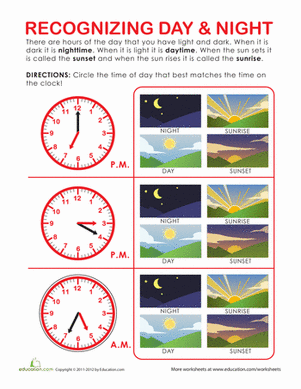Science project
Starry Night: What Affects the Visibility of Stars at Night?
Grade Level: 6th – 8th; Type: Astronomy
Objective:
This science project tests the connection between outdoor temperature or weather conditions and the number of visible stars.
Research Question:
- How many stars are in the night sky?
- Is the number of visible stars related to the weather conditions or outdoor temperature?
Look up at the sky on a clear night. How many stars can you see? Believe it or not, there is a technique you can use to count the stars. In fact, you can even figure out whether you can see more stars on a hot or cold night.
Materials:
- Ruler
- Pencil
- 8 X 8 piece of poster board
- Scissors
- Outdoor thermometer
Experimental Procedure:
- Make a line two inches from each edge of the poster board. After this step, you should have two vertical lines intersecting with two horizontal lines. You should be able to see a square in the center of the paper.
- Cut out the center square, leaving only the frame. The frame should be 2 inches wide on all edges.
- Go outside at night and wait five minutes until your eyes have completely adjusted to the lack of light.
- Hold the frame exactly one foot from your dominant eye, and close your other eye. Keep your hand and your head as still as possible.
- Count how many stars you can see through the hole in the frame.
- Repeat this process ten times, looking at a different part of the sky each time. Record your data in a table, such as the one below.
- Add up the ten numbers you got, and divide the sum by 10. This will give you the average number of stars that you can see through the hole.
- Multiply this number by 56 to get the approximate number of stars in the sky that night.
- Add a description of the night into your chart, such as the temperature or weather conditions.
- Repeat this process for the next week, recording all data. Do you see a connection between the number of stars in the sky under certain conditions?
Terms/Concepts: Celestial hemisphere; Approximately how many stars are in the universe?; Why can’t we see all of the stars in the universe?
References:
- Experiments You Can Do in Your Backyard, edited by Joanna Callihan and Nathan Hemmelgarn. Pp 48-49.
Disclaimer and Safety Precautions
Education.com provides the Science Fair Project Ideas for informational purposes only. Education.com does not make any guarantee or representation regarding the Science Fair Project Ideas and is not responsible or liable for any loss or damage, directly or indirectly, caused by your use of such information. By accessing the Science Fair Project Ideas, you waive and renounce any claims against Education.com that arise thereof. In addition, your access to Education.com's website and Science Fair Project Ideas is covered by Education.com's Privacy Policy and site Terms of Use, which include limitations on Education.com's liability.
Warning is hereby given that not all Project Ideas are appropriate for all individuals or in all circumstances. Implementation of any Science Project Idea should be undertaken only in appropriate settings and with appropriate parental or other supervision. Reading and following the safety precautions of all materials used in a project is the sole responsibility of each individual. For further information, consult your state's handbook of Science Safety.
Education.com provides the Science Fair Project Ideas for informational purposes only. Education.com does not make any guarantee or representation regarding the Science Fair Project Ideas and is not responsible or liable for any loss or damage, directly or indirectly, caused by your use of such information. By accessing the Science Fair Project Ideas, you waive and renounce any claims against Education.com that arise thereof. In addition, your access to Education.com's website and Science Fair Project Ideas is covered by Education.com's Privacy Policy and site Terms of Use, which include limitations on Education.com's liability.
Warning is hereby given that not all Project Ideas are appropriate for all individuals or in all circumstances. Implementation of any Science Project Idea should be undertaken only in appropriate settings and with appropriate parental or other supervision. Reading and following the safety precautions of all materials used in a project is the sole responsibility of each individual. For further information, consult your state's handbook of Science Safety.













